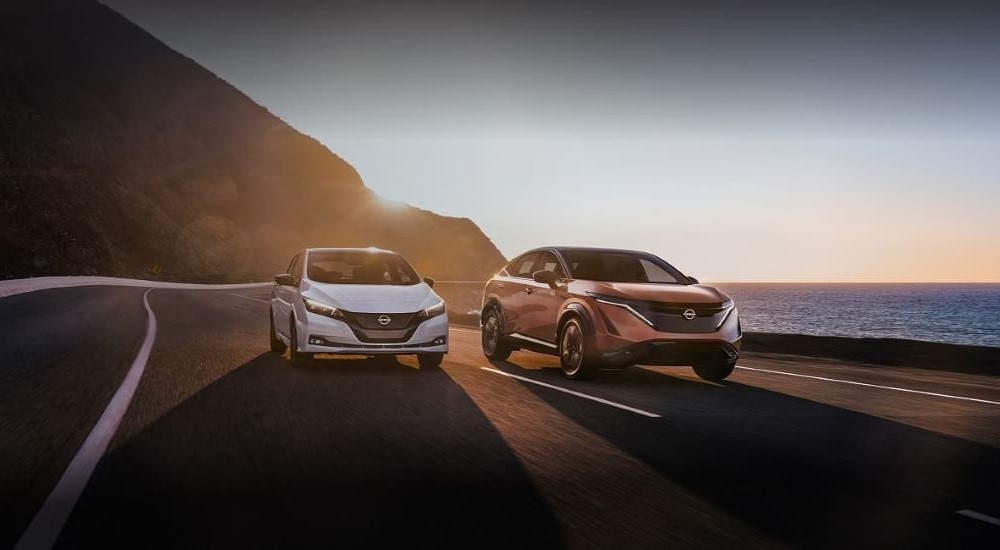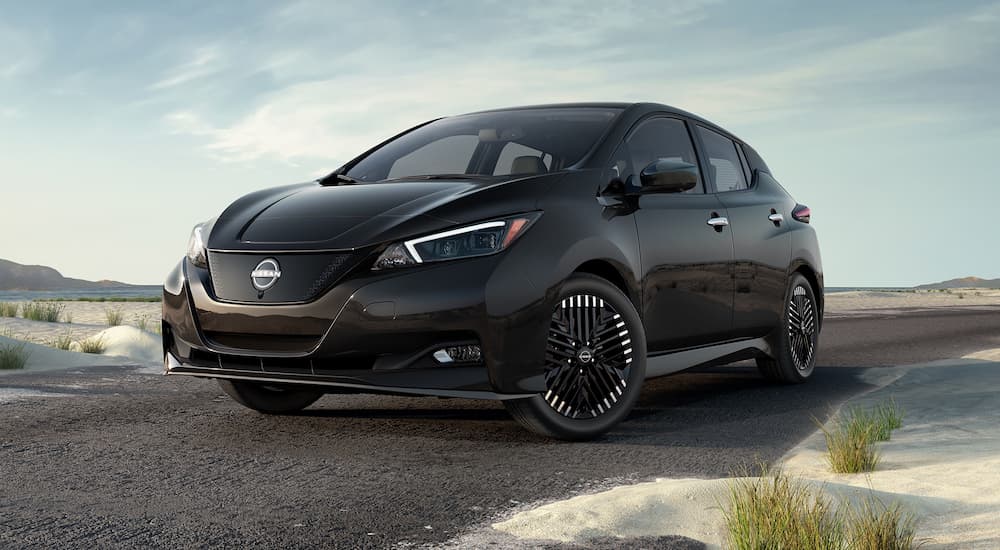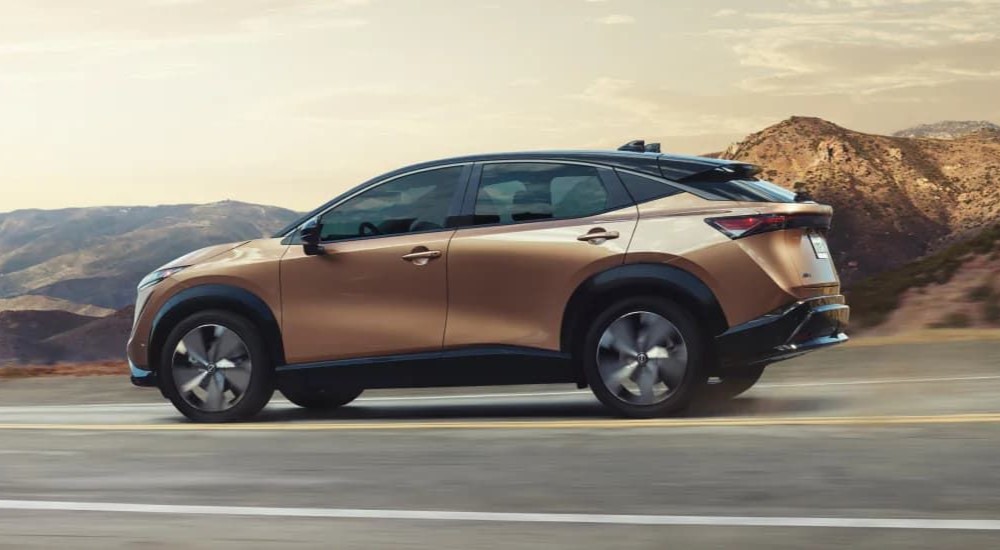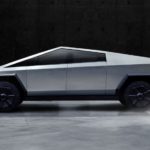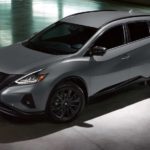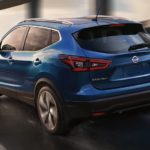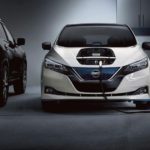The dramatic arc is a cornerstone of the literary world. It all starts with the exposition, setting the scene for the story before an inciting incident ratchets up the action to an eventual climax, resolution, and eventually a satisfying denouement that ties up all the loose ends. If the modern auto industry followed this well-worn path, the story of automotive electrification would probably go something like this: first came gas-powered vehicles, which were eventually supplanted by hybrid models before a new generation of all-electric vehicles welcomed in a new era of efficiency and sustainability. Unfortunately, the real world often fails to stick to such a nice, clean plot. While the industry has certainly become greener over the last two decades, it hasn’t been a steady, predictable rise. Hybrids have certainly had an impact on the market, and EVs are more common than ever, but it’s quickly become clear that all-electric vehicles might not represent the tidy little conclusion we’ve come to expect.
Now Nissan has penned its own arc in response to the ever-changing market for hybrid and all-electric vehicles, releasing a new business plan that will inform the company’s mid-term ambitions as it relates to alternative fuel vehicles. Called “The Arc,” this new plan slots in between Nissan’s current NEXT transformation plan and the longer-term Nissan Ambition plan that will guide the company through 2030. The Arc outlines a new growth strategy that’s based on a renewed focus on both electric and gas models––a “balanced electrified/ICE product portfolio” in the words of Nissan HQ––that the brand hopes will increase annual sales to one million units and allow for an increased operating profit margin of more than six percent by 2026. “The Arc plan shows our path to the future. It illustrates our continuous progression and ability to navigate changing market conditions,” said Nissan President and CEO Makoto Uchida.
Corporate jargon aside, what does this mean for the average driver? In short, a third wave of electric models will see the debut of 30 new vehicles from Nissan over the next three years. While details are still a little hard to come by, we know that 16 of those models will be electrified, including both full EVs and hybrids that will employ a novel new e-POWER approach that bridges the gap between hybrids and true EVs. The remaining vehicles will rely on good old-fashioned internal combustion, with Nissan refreshing 60 percent of its current ICE lineup by 2026. While many of these forthcoming models are destined for overseas markets, American drivers can expect seven all-new vehicles to hit Nissan dealerships over the next few years. Join us as we take a closer look at Nissan’s plan, explore the benefits of the new e-POWER technology, and see how the move away from full electrification fits into a wider trend that’s currently shaping the market.
The e-POWER Advantage
When it comes to electrification, Nissan has fallen a little bit behind the curve. The brand currently offers just two all-electric models––the ARIYA and the LEAF––and zero hybrid or plug-in hybrids for the American market. The company started off strong, introducing the LEAF as the industry’s first mass-produced EV in 2010, but with EV sales totaling just 2.3 percent of the company’s overall volume in 2023, Nissan is trailed by only Lexus, Subaru, and Toyota when it comes to its presence in the EV segment. While that might seem like a misstep, Nissan’s conservative approach may pay dividends in the long run. A number of major automakers have already scaled back their EV plans as they adjust to customer feedback and the reality of the new segment, but Nissan hasn’t overextended itself in quite the same way.
The company has been a bit more adventurous in the international market, where it sells a hybrid version of its popular Qashqai crossover. We expect some sort of hybrid version of the Rogue to arrive on the American market as part of The Arc plan, but only time will tell if it’ll be a traditional plug-in model or one of Nissan’s new e-POWER hybrid vehicles. While e-POWER vehicles have been available overseas for a few years, Nissan has yet to bring the technology to American shores. When it does arrive, experts predict it’ll be limited to some of Nissan’s more compact offerings like the Kicks and Altima, while larger models––and luxury vehicles sold under the Infiniti brand––will employ a plug-in approach.
What exactly is e-POWER, and how can it help Nissan meet the current demand for hybrid vehicles? Like all hybrid models, Nissan’s e-POWER vehicles are built with a gas engine, electric motor, and battery pack, but the difference comes in how each component is used. In a traditional hybrid, the electric motor and gas engine are both responsible for moving the car down the road, switching off duties depending on the speed and other factors. In an e-POWER vehicle, the gas engine exists solely as a generator designed to charge the electric motor’s battery. This approach has several advantages, making the vehicle drive more like an EV. The e-POWER approach also addresses many of the issues commonly cited as major roadblocks to widespread EV adoption. It’s a clever bit of engineering from Nissan and goes to show how not getting caught up in trends and playing the long game can really pay dividends in today’s auto market.
But the e-POWER system isn’t the only part of The Arc plan that’s worth a closer look. Nissan has also indicated that EVs will play a major role in the company’s future, with the brand retooling its Canton, Mississippi, plant to produce a new sedan that could potentially replace the Maxima. Such vehicles would play an important role in helping Nissan reach its goal of shifting 40 percent of its lineup to EVs by 2026, as will the new generation of EV batteries the automaker is reportedly working on. Nissan is taking a two-pronged approach in its battery development quest, simultaneously working on improving lithium-iron-phosphate batteries and developing cutting-edge solid-state batteries that could hit the market by as early as 2028. Solid-state batteries are not only smaller and lighter than the current lithium-ion offerings but are also safer and can be charged in a fraction of the time. If Nissan can be the first to crack the solid state code, it could spell big things for the company in the EV space.
A Wider Trend
Nissan isn’t an outlier when it comes to the renewed focus on hybrid models. While the all-electric vehicle segment has enjoyed some impressive growth over the last few years, it hasn’t always been smooth sailing. Over 1.1 million drivers chose to make the switch to EVs in 2023––an increase of 46 percent over 2022––but that growth seems to have slowed over the last six months as the realities of the all-electric lifestyle start to take shape. EV affordability and range are often cited as two major factors limiting the widespread adoption of all-electric vehicles, but EV charging infrastructure still represents the largest barrier to growth. That issue is being addressed by both private investment and federal programs aimed at increasing the number of EV charging stations, but as of today, EVs are still a hard sell for drivers who don’t want to feel limited by an all-electric powertrain.
GM was the first major automaker to back away from its ambitious EV goals. The company, which operates the Chevrolet, Buick, GMC, and Cadillac brands, had initially announced a plan to discontinue all of its gas-powered vehicles by 2035 in favor of all-electric models. Earlier this year, GM CEO Mary Barra seemed to signal that not all is well in the march toward full electrification when she announced that hybrids would play a larger role in the company’s short-term future. This comes on the heels of an announcement in late 2023 that GM would be reassessing its goal of producing 400,000 EVs by mid-2024 and canceling a planned $5 billion investment in budget-friendly EVs in partnership with Honda.
The abrupt shift in priorities will come as little surprise to those who understand the auto industry. Many say it’s simply too difficult to change course and ask drivers to alter their driving habits to accommodate an EV’s limited range and charging dependency. Toyota might have been the first automaker to throw its hat in the alternative fuel ring with the introduction of the Prius in the early 2000s, but the Japanese brand has taken a decidedly more measured approach when it comes to full electrification. Many thought the company had lost a bit of its nerve in the decision to not pursue the EV market as aggressively as some of its competitors, but that reserved approach seems to have paid off as more and more automakers turn to hybrids, not EVs, to power short-term growth. Annual hybrid sales also currently hover around one million, but they could soon exceed EV sales if current market trends persist.
Navigating Changing Markets
Nissan seems to have seen the way the wind is blowing when it comes to the renewed importance of hybrid offerings, and the planned new models represent a clear signal of intent from the brand. The e-POWER models strike a unique balance between all-electric and hybrid propulsion, responding to common driver complaints to produce a breed of cars, trucks, and SUVs that bring something entirely new to the market. At the same time, the company isn’t ready to sunset its internal combustion models quite as quickly as many of its competitors. This decision might come back to bite Nissan in the rear bumper, but it could also give it a distinct advantage in an industry where being on the cutting edge often matters less than sustaining long-term growth. Nissan set the tone for the early EV market with the LEAF, and The Arc plan aims to set the automaker up for the same level of success going forward. Only time will tell how Nissan’s plan will play out, but one thing is for sure: it’ll make for a good story.
